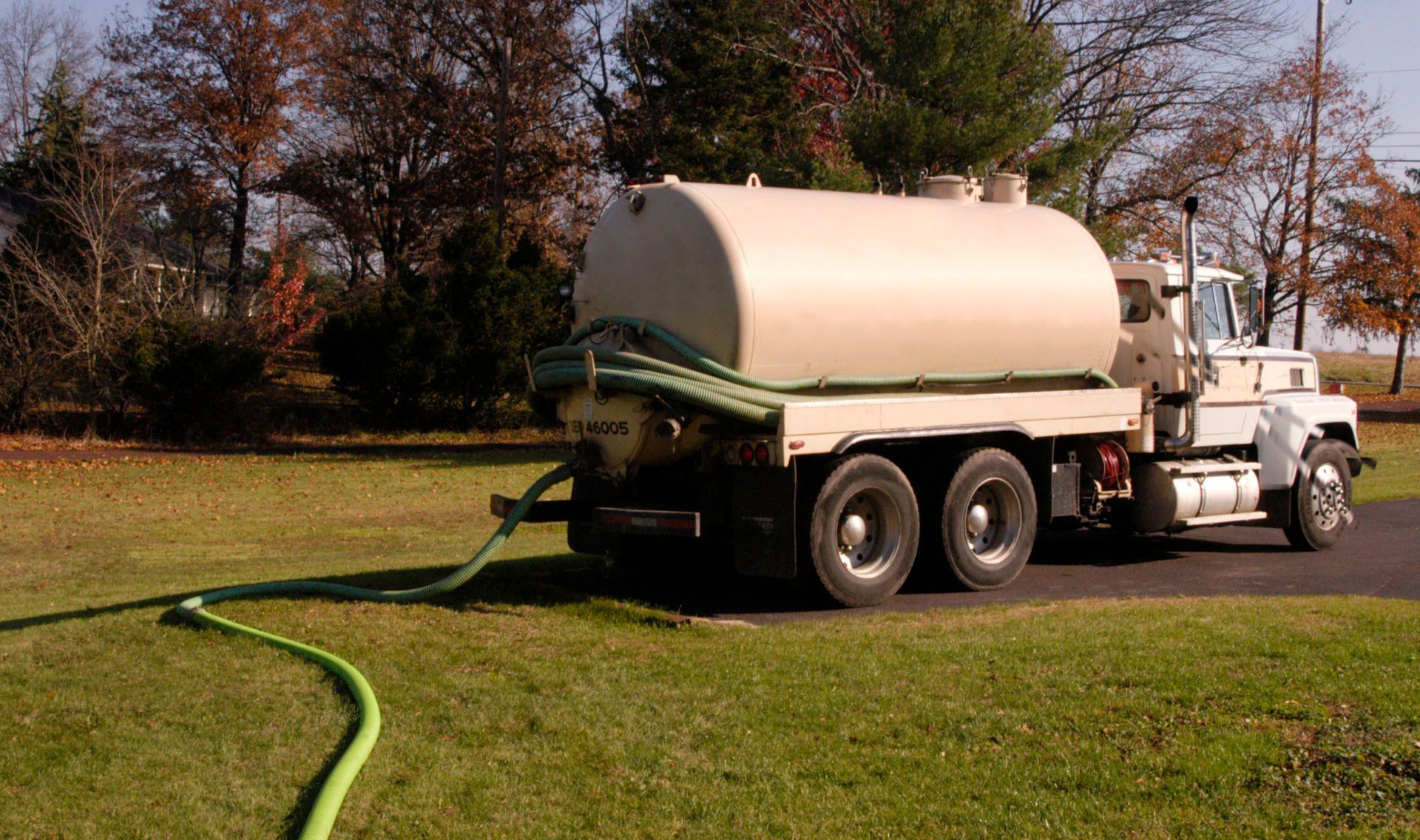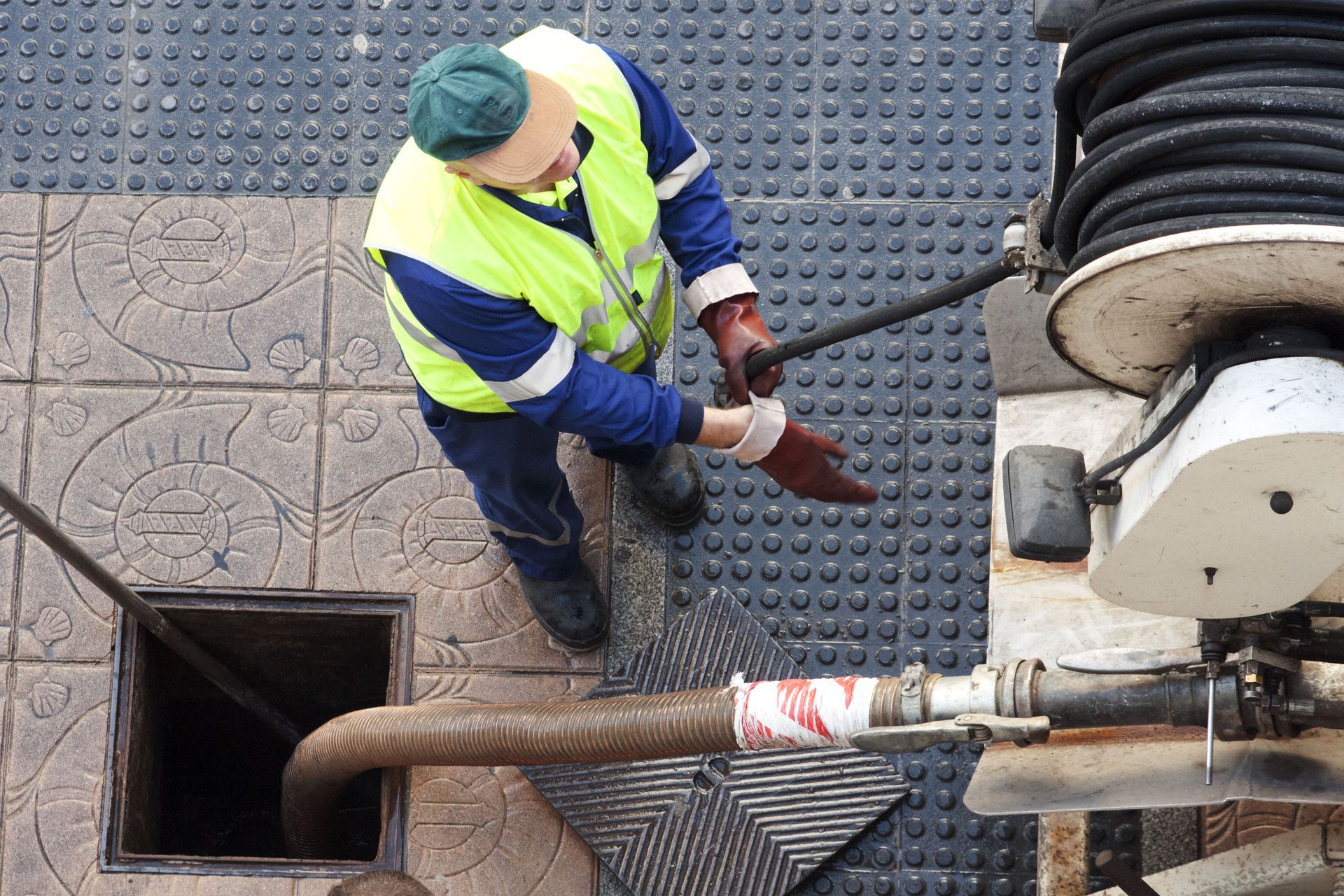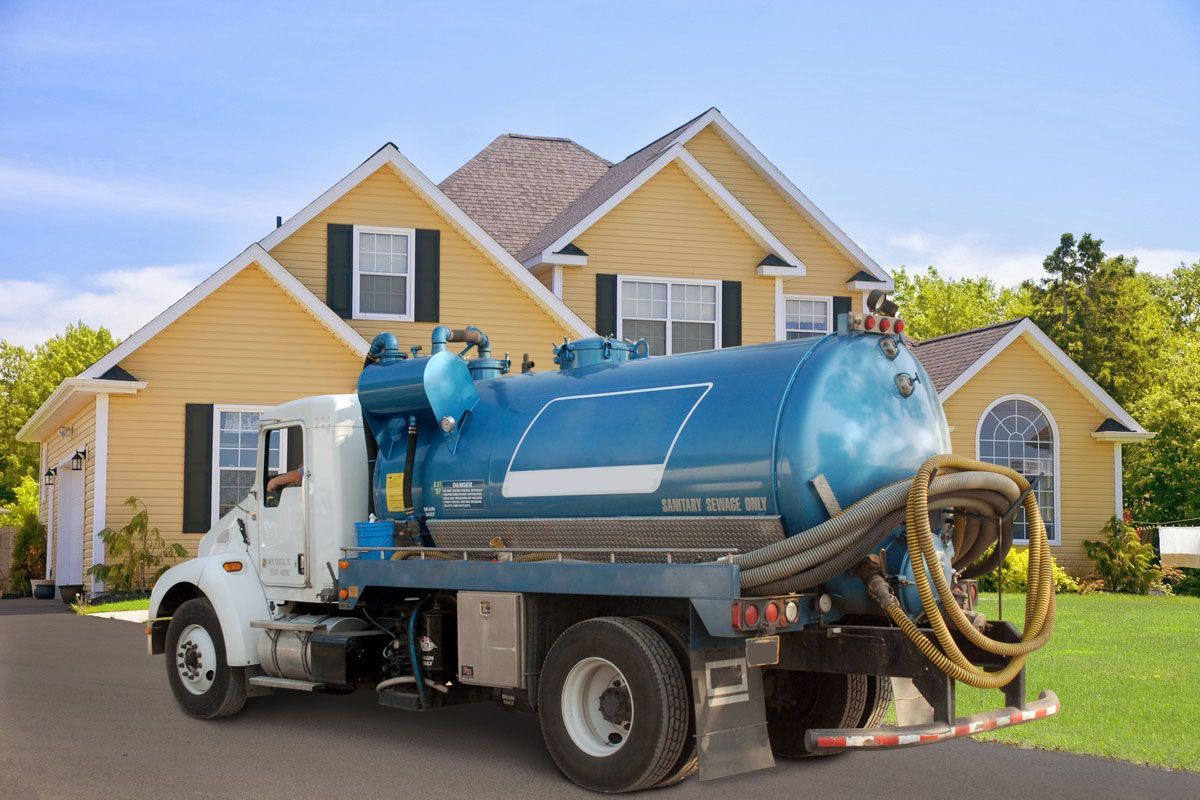Understanding the Components of Your Septic System
Maintaining a properly functioning septic system is essential for keeping your property safe, sanitary, and environmentally responsible. The key to long-term performance lies in understanding each part of the system and scheduling regular maintenance such as septic pumping. A clear understanding of the system’s structure helps homeowners prevent issues before they arise, saving time, money, and unnecessary stress. According to Forbes, a septic tank can last from 20 to 40 years, but only if it’s cared for correctly and serviced on schedule.
Understand the Septic Tank’s Role
The septic tank is the core component of your waste management system. Typically made of concrete, fiberglass, or polyethylene, this tank is buried underground and designed to collect and separate wastewater from your home. Solid waste settles at the bottom as sludge, while lighter materials like grease and oil form a floating layer of scum. Natural bacteria in the tank break down waste, keeping it from building up too quickly. Without this separation and breakdown process, the entire system would fail, leading to backups or contamination.
Routine maintenance, including septic pumping, is vital to prevent sludge from overflowing into the drain field. As waste builds up, it can clog pipes and cause foul odors, slow drainage, or even property damage. Timely attention to your septic tank also helps protect the surrounding environment and maintain the health of local groundwater sources. Proper installation is another important factor that determines how well your system performs over time. Choosing experienced professionals for both installation and maintenance helps ensure compliance with state and environmental regulations while avoiding costly repairs in the future.
Recognize the Importance of the Drain Field
The drain field, or leach field, acts as the final treatment stage for wastewater once it leaves the tank. It consists of perforated pipes buried in gravel or porous soil that allow water to seep into the ground naturally. As the water filters through the soil, bacteria further break down any remaining contaminants. This process ensures that clean, treated water reenters the ecosystem safely, reducing environmental risk.
An efficiently designed drain field depends on soil type, slope, and groundwater levels. Systems can vary, with options such as conventional trenches, mound systems, or drip distributions designed for specific site conditions. The key is even distribution—ensuring wastewater doesn’t flood one area or overload the field. Professional maintenance and inspection can help detect warning signs such as soggy patches, pooling water, or unpleasant odors that suggest the field isn’t functioning properly.
Regular
septic pumping keeps solids from entering the drain field, maintaining its ability to absorb and treat wastewater effectively. Neglecting this step can lead to blockages and contamination, requiring expensive restoration work. With expert care, your drain field can operate efficiently for decades, supporting both system longevity and environmental health.
Maintain the Distribution Box for Balanced Flow
The distribution box is a small but vital component that regulates how wastewater flows from the tank to the drain field. Its job is to evenly distribute liquid across the leach lines to prevent overloading one section of the field. Most distribution boxes are made from durable concrete or plastic and must be installed level to function properly.
If the distribution box becomes clogged, tilted, or cracked, wastewater flow becomes unbalanced. This can result in saturated soil in one part of the drain field, while other areas remain underused. Regular inspection and cleaning can prevent uneven drainage and preserve your system’s efficiency. Because this box works behind the scenes, homeowners often overlook it until a problem occurs—but routine service makes a major difference in system performance.
Keep Septic Pipes in Good ConditioN
Pipes serve as the transportation network of your septic system, carrying wastewater from your home to the tank and onward to the drain field. Typically constructed from PVC or ABS plastic, they’re built to withstand corrosion and pressure. Over time, however, pipes can become clogged by grease, roots, or debris, leading to slow drains or backups.
Proper installation, slope, and sealing are crucial to the system’s performance. A misaligned or poorly sloped pipe can cause standing water, odors, or uneven drainage. That’s why professional installation and periodic inspections are essential. Any leaks or cracks should be repaired promptly to avoid contamination or soil erosion. During scheduled septic pumping appointments, technicians often check the integrity of these pipes. This proactive approach allows for early detection of potential leaks or blockages, ensuring your system continues functioning smoothly. Investing in regular care can prevent sudden breakdowns and costly excavation work later.
Ensure Accessibility With Risers and Lids
Risers and lids provide access points to the septic tank for maintenance and inspection. These components make servicing easier by extending the tank opening to ground level, eliminating the need for digging during every visit. They can be made from materials like concrete, fiberglass, or heavy-duty plastic, each offering different levels of durability and cost-efficiency.
A secure, well-fitted lid is essential for safety and environmental protection. It keeps odors contained and prevents children, animals, or debris from entering the system. Homeowners should periodically inspect lids for cracks, corrosion, or looseness, especially before the rainy season. Investing in strong, tamper-resistant lids can also deter vandalism or accidental damage. When technicians perform septic pumping, easy access through risers and lids streamlines the process, reducing both labor and cost. This small upgrade can make ongoing maintenance faster and safer while extending the life of the entire system.
Support Bacteria for Effective Breakdown
The bacterial ecosystem inside your septic tank is what makes the entire system work. Beneficial bacteria naturally break down waste, converting solids into simpler compounds that can be safely processed. Without active bacterial activity, solids would accumulate rapidly, increasing the frequency of septic pumping and the risk of system failure
Maintaining this bacterial balance requires mindful household habits. Excessive use of harsh cleaners, bleach, and antibacterial products can disrupt the microbes that keep your system healthy. Homeowners should also be cautious about what goes down the drain—avoiding items like grease, coffee grounds, wipes, and chemicals. When necessary, professional-grade bacterial additives can be introduced to help restore microbial balance and keep the tank functioning efficiently.
Extend the Life of Your System With Regular MaintenancE
Every part of your septic system works together to safely manage waste, but neglect in one area can cause a ripple effect. Routine maintenance and scheduled septic pumping are your best defense against expensive system failures. Industry experts recommend inspections at least once a year and pumping every three to five years, depending on household size and tank capacity.
Proactive care not only keeps your system running smoothly but also contributes to property value and peace of mind. Homeowners who invest in maintenance often avoid emergencies, unpleasant odors, and environmental hazards. It’s a small effort that yields major long-term savings.
A well-maintained septic system is more than just a convenience—it’s a vital part of protecting your home and the environment. By understanding how each component works and scheduling routine septic pumping, homeowners can prevent major issues, safeguard groundwater, and enjoy long-term reliability. Regular professional service ensures that everything from the tank to the drain field performs as intended, saving both time and money over the years.
If you’re looking for a dependable company in Los Angeles, CA that specializes in septic pumping, temporary fencing, portable toilet rental, and more, contact Service Connected, Inc today. We offer emergency service and dependable expertise to keep your property running smoothly—because peace of mind starts with a system you can rely on.








Share On: